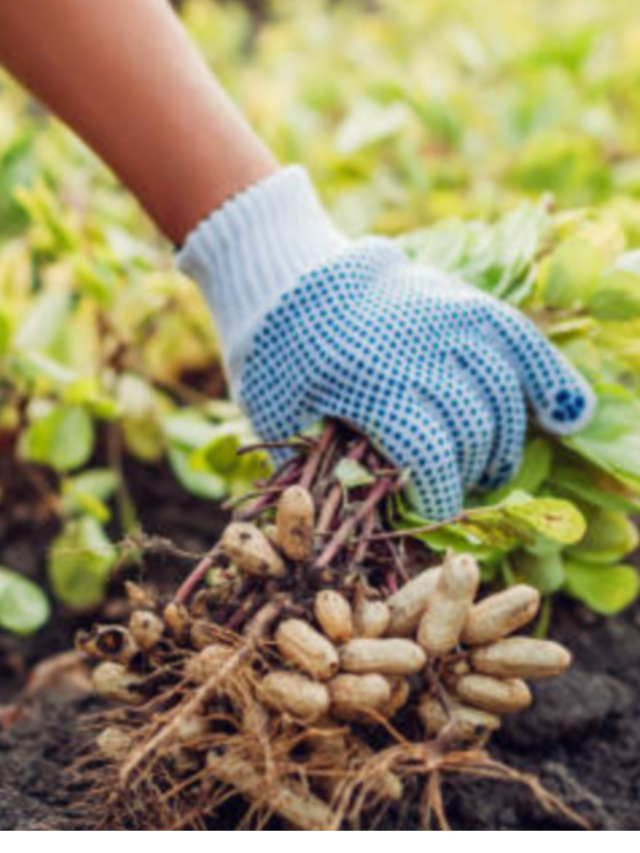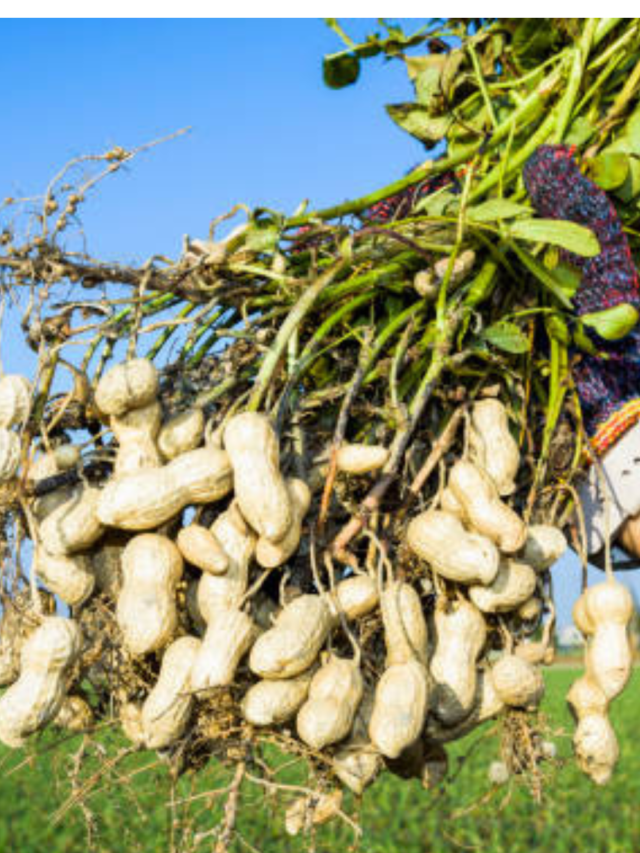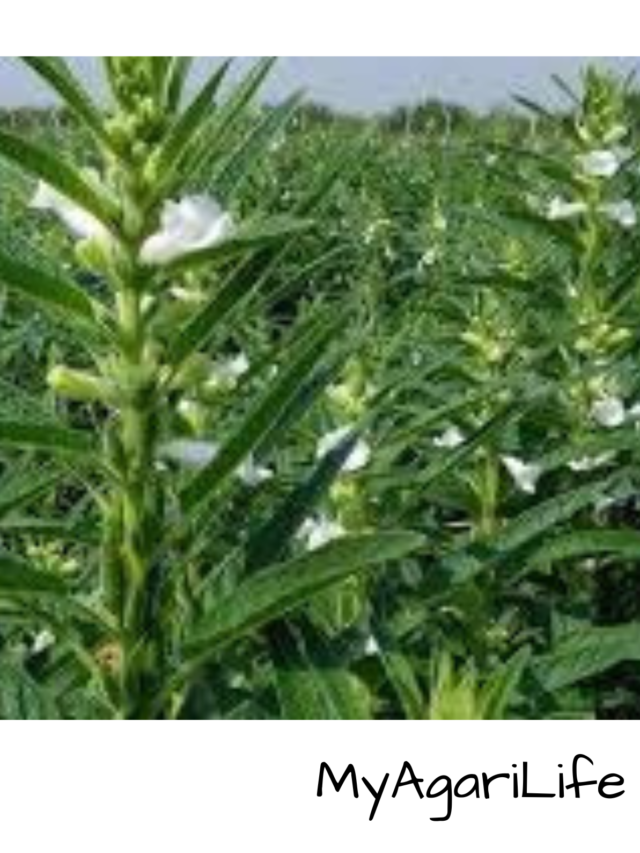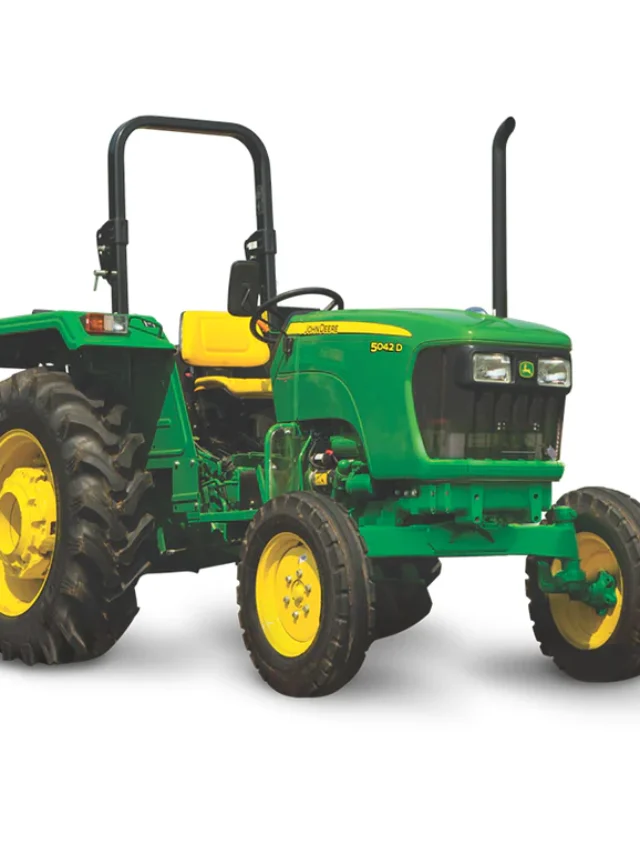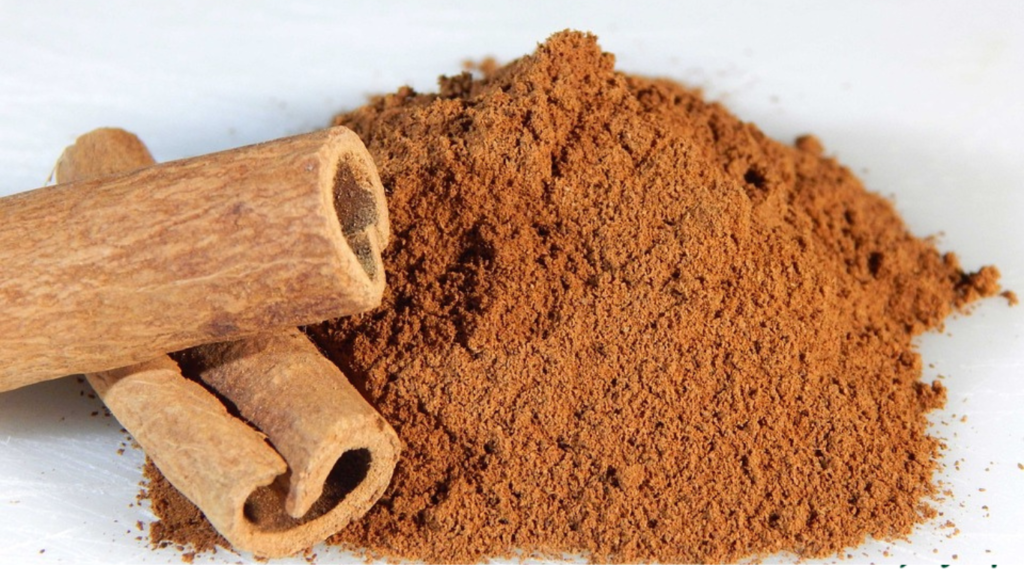
Cinnamon, also known as “dalchini” in Hindi, is a spice that is derived from the inner bark of several tree species from the genus Cinnamomum. It is a popular spice in both sweet and savory dishes and is known for its warm and sweet flavor and aroma.
Cinnamon has been used for thousands of years in traditional medicine and is believed to have many health benefits. It is high in antioxidants and has anti-inflammatory properties, which may help to lower the risk of certain diseases such as heart disease, diabetes, and cancer. It may also help to improve blood sugar control and reduce insulin resistance.
Cinnamon can be used in a variety of ways, such as sprinkling it on oatmeal, adding it to tea or coffee, or using it to flavor baked goods. It is available in both stick and ground form, with the stick form typically being more flavorful and the ground form being more convenient for cooking and baking.
It is important to note that while cinnamon is generally safe for consumption in small amounts, consuming large amounts of cinnamon or taking cinnamon supplements may have adverse effects on health. It is always a good idea to consult with a healthcare professional before consuming large amounts of any supplement.
Seed Specification Cinnamon
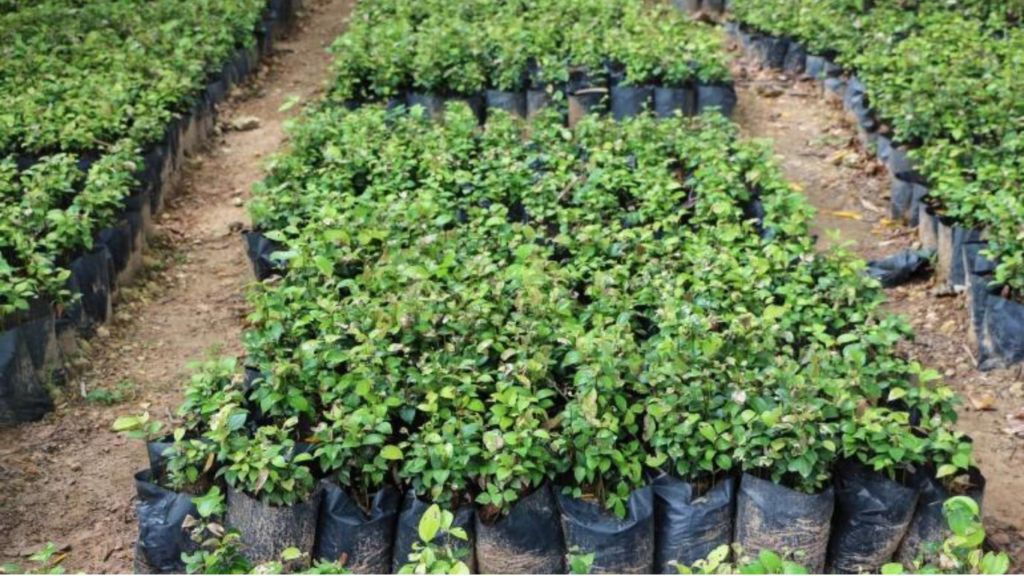
The seeds of cinnamon are not typically used for cultivation purposes, as cinnamon is typically propagated through cuttings or air layering rather than seed. However, if you are interested in the botanical specifications of cinnamon, here are some details:
Cinnamon comes from several species of trees in the genus Cinnamomum, including Cinnamomum verum (also known as Cinnamomum zeylanicum), Cinnamomum cassia, and Cinnamomum burmannii. The trees can grow up to 20-30 feet tall, and have smooth bark that is light brown in color. The leaves of the cinnamon tree are typically green and oval-shaped, and the tree produces small, white or yellow flowers.
Cinnamon trees produce fruit that is oval-shaped and dark purple in color, and the seeds are located inside the fruit. However, the seeds are not typically used for propagation, as the trees are typically propagated through vegetative means such as cuttings or air layering.
It is worth noting that there are many different cultivars of cinnamon, each with their own unique characteristics and flavor profiles. Some of the most commonly used varieties of cinnamon include Ceylon cinnamon (Cinnamomum verum), cassia cinnamon (Cinnamomum cassia), and Saigon cinnamon (Cinnamomum loureiroi).
Land Preparation & Soil Health Cinnamon
Land preparation and soil health are important factors to consider when growing cinnamon. Here are some guidelines for land preparation and soil health for cinnamon cultivation:
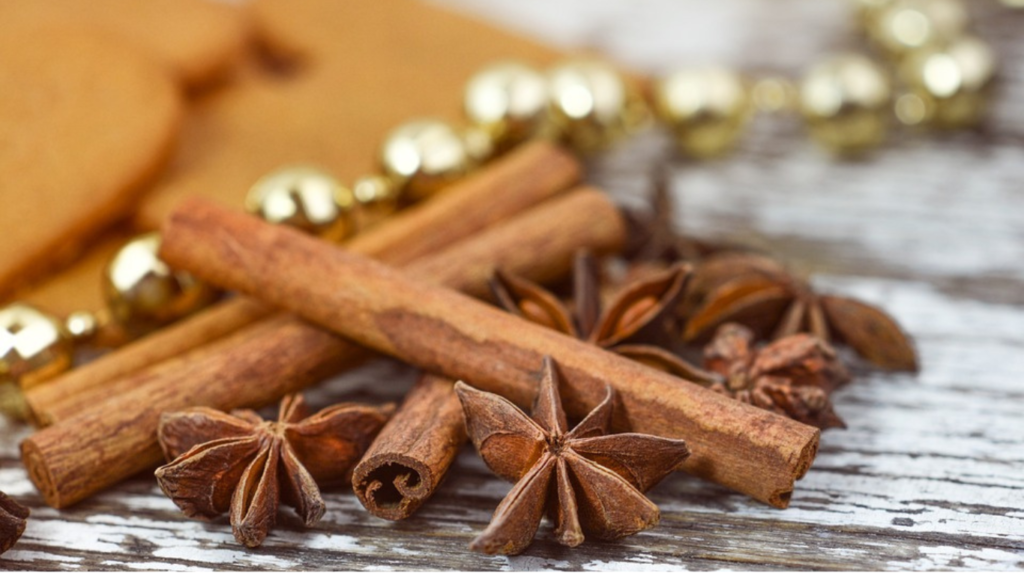
1.Land preparation: Cinnamon is typically propagated through vegetative means, such as cuttings or air layering. To prepare the land for cinnamon cultivation, clear the area of any weeds or other plants. The soil should be tilled to a depth of at least 30 cm to ensure good soil aeration and drainage. The soil should also be leveled to facilitate irrigation and drainage.
2.Soil type: Cinnamon prefers well-draining soils that are rich in organic matter. Sandy loam soils are ideal for cinnamon cultivation, but the tree can also grow in clay soils if the drainage is good.
3.Soil pH: Cinnamon grows best in slightly acidic soils with a pH range of 5.5-7.0. Soil pH can be adjusted through the addition of agricultural lime or other soil amendments.
4.Organic matter: Cinnamon benefits from soils that are rich in organic matter. Organic matter can be added to the soil through the use of compost or other organic amendments.
5.Fertilizer: Cinnamon requires a balanced fertilizer program to ensure healthy growth and high yields. A soil test can be used to determine the nutrient needs of the soil, and fertilizer can be applied accordingly.
6.Irrigation: Cinnamon requires regular irrigation, particularly during the dry season. Irrigation should be applied to keep the soil moist but not waterlogged.
By following these guidelines for land preparation and soil health, you can help ensure the success of your cinnamon cultivation.
Crop Spray & Fertilizer Specification Cinnamon
Crop spray and fertilizer specifications are important factors to consider when growing cinnamon. Here are some guidelines for crop spray and fertilizer specifications for cinnamon cultivation:
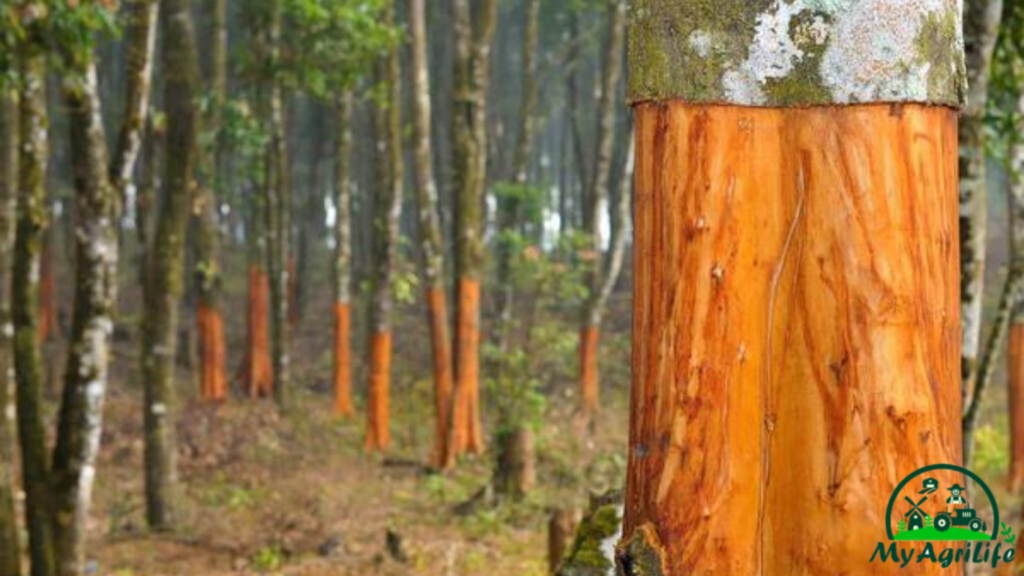
1.Crop spray: Cinnamon trees are susceptible to a number of pests and diseases, so it is important to implement an effective crop spray program. Common pests of cinnamon include mites, thrips, and scales, while common diseases include leaf spot and powdery mildew. Synthetic pesticides and fungicides can be effective in controlling these pests and diseases, but organic methods such as neem oil or other botanical extracts can also be used.
2.Fertilizer: Cinnamon trees require a balanced fertilizer program to ensure healthy growth and high yields. The nutrient requirements of the trees will depend on the soil type and other factors. However, in general, a balanced fertilizer program should provide nitrogen, phosphorus, and potassium in a ratio of approximately 4:2:1. A soil test can be used to determine the specific nutrient requirements of the soil, and fertilizer can be applied accordingly. Organic fertilizers such as compost or manure can also be used to provide nutrients to the soil.
3.Timing: Fertilizer should be applied in two or three applications during the growing season, with the first application at the beginning of the growing season and subsequent applications spaced out evenly throughout the season. Crop sprays should be applied as needed to control pests and diseases, with a focus on preventative measures to minimize the need for reactive spraying.
4.Application: Fertilizer should be applied evenly across the soil surface and then incorporated into the soil through tillage or irrigation. Crop sprays should be applied evenly across the tree canopy, with thorough coverage of all leaves and branches.
By following these guidelines for crop spray and fertilizer specifications, you can help ensure the health and productivity of your cinnamon trees.
Weeding & Irrigation Cinnamon
Weeding and irrigation are important factors to consider when growing cinnamon. Here are some guidelines for weeding and irrigation for cinnamon cultivation:

1.Weeding: Cinnamon trees require a weed-free environment to grow and produce high yields. Weeds compete with the trees for nutrients, water, and sunlight, and can reduce the quality and quantity of the crop. Weeds can be controlled through the use of herbicides, mechanical cultivation, or manual weeding. Herbicides should be used with caution to avoid damage to the cinnamon trees, and manual weeding can be labor-intensive. Mechanical cultivation, such as hoeing or shallow tilling, can be an effective means of controlling weeds.
2.Irrigation: Cinnamon trees require regular irrigation to maintain healthy growth and high yields. Irrigation should be provided during the dry season, when rainfall is limited. The frequency and duration of irrigation will depend on the soil type, climate, and other factors. In general, irrigation should be applied to keep the soil moist but not waterlogged. Overwatering can lead to root rot and other issues, while underwatering can lead to stunted growth and reduced yields.
3.Timing: Weeding should be performed regularly throughout the growing season to ensure that weeds do not become established. Irrigation should be provided on a regular basis, with the frequency and duration adjusted as needed based on weather conditions and other factors. Irrigation should be provided early in the day to minimize water loss through evaporation, and to allow the leaves to dry before nighttime to prevent fungal diseases.
4.Methods: Weeding can be done through hand weeding or mechanical cultivation. Hand weeding is labor-intensive but effective for small-scale operations. Mechanical cultivation can be done with a hoe or other tool to remove weeds from between the trees. Irrigation can be provided through drip irrigation, overhead sprinklers, or other methods depending on the specific requirements of the operation.
By following these guidelines for weeding and irrigation, you can help ensure the health and productivity of your cinnamon trees.
Harvesting & Storage Cinnamon
Harvesting and storage are critical factors to consider when growing cinnamon. Here are some guidelines for harvesting and storage for cinnamon cultivation:
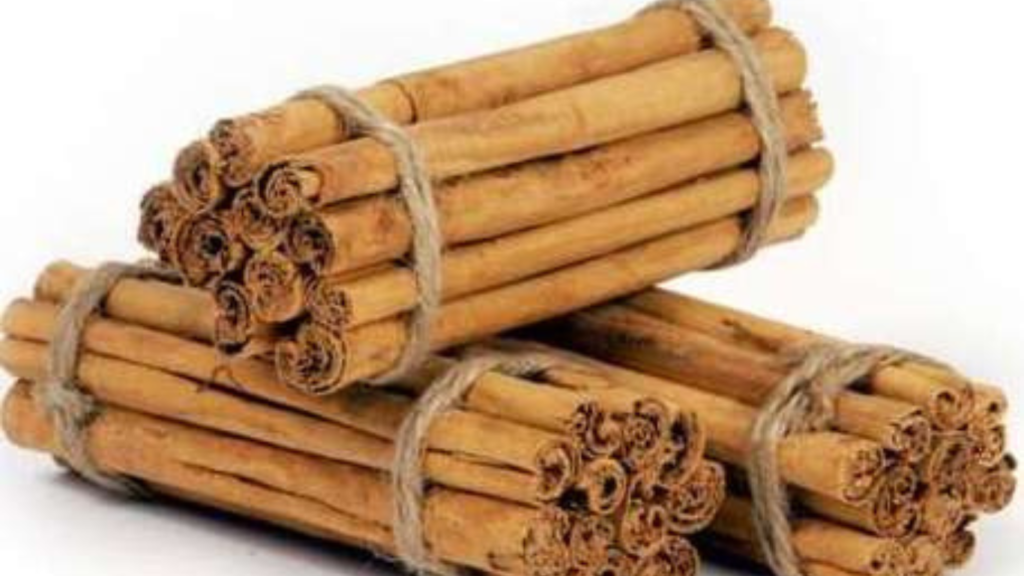
1.Harvesting: Cinnamon trees can be harvested after they reach 3-4 years of age. The best time to harvest cinnamon is during the dry season, when the bark is most easily removed from the tree. The bark is harvested by cutting it in thin strips, typically 0.5-1 mm thick, and then peeling it away from the tree. The harvested bark should be handled carefully to avoid damage to the delicate layers.
2.Processing: After harvesting, the cinnamon bark is typically processed to remove the outer bark and to cut it into small pieces. The inner bark is the part that is used for culinary and medicinal purposes. The inner bark is typically rolled into quills, which are the familiar cinnamon sticks used in cooking. The quills can be further processed by grinding into powder.
3.Storage: Cinnamon should be stored in a cool, dry place away from direct sunlight to prevent deterioration of the flavor and aroma. The ideal temperature for cinnamon storage is between 18-22°C, with a relative humidity of 50-60%. Cinnamon can be stored in airtight containers, such as glass jars, to prevent moisture absorption and to maintain the quality of the product.
4.Shelf life: Cinnamon has a relatively long shelf life, but the quality can deteriorate over time. Whole cinnamon sticks can be stored for up to 2-3 years, while ground cinnamon should be used within 6-12 months. It is important to regularly check the cinnamon for any signs of spoilage, such as mold or off flavors.
By following these guidelines for harvesting and storage, you can help ensure the quality and longevity of your cinnamon product.
Conclusion
In conclusion, cinnamon farming can be a profitable venture for farmers in areas with suitable growing conditions. It requires proper land preparation and soil health management, regular weeding and irrigation, as well as appropriate use of fertilizers and crop sprays to maintain healthy and productive trees. Harvesting and processing of the cinnamon bark require careful handling to maintain quality, and proper storage conditions are important to preserve the flavor and aroma of the spice. With the right techniques and knowledge, cinnamon farming can provide a sustainable source of income for farmers while also contributing to the global supply of this valuable and versatile spice.
